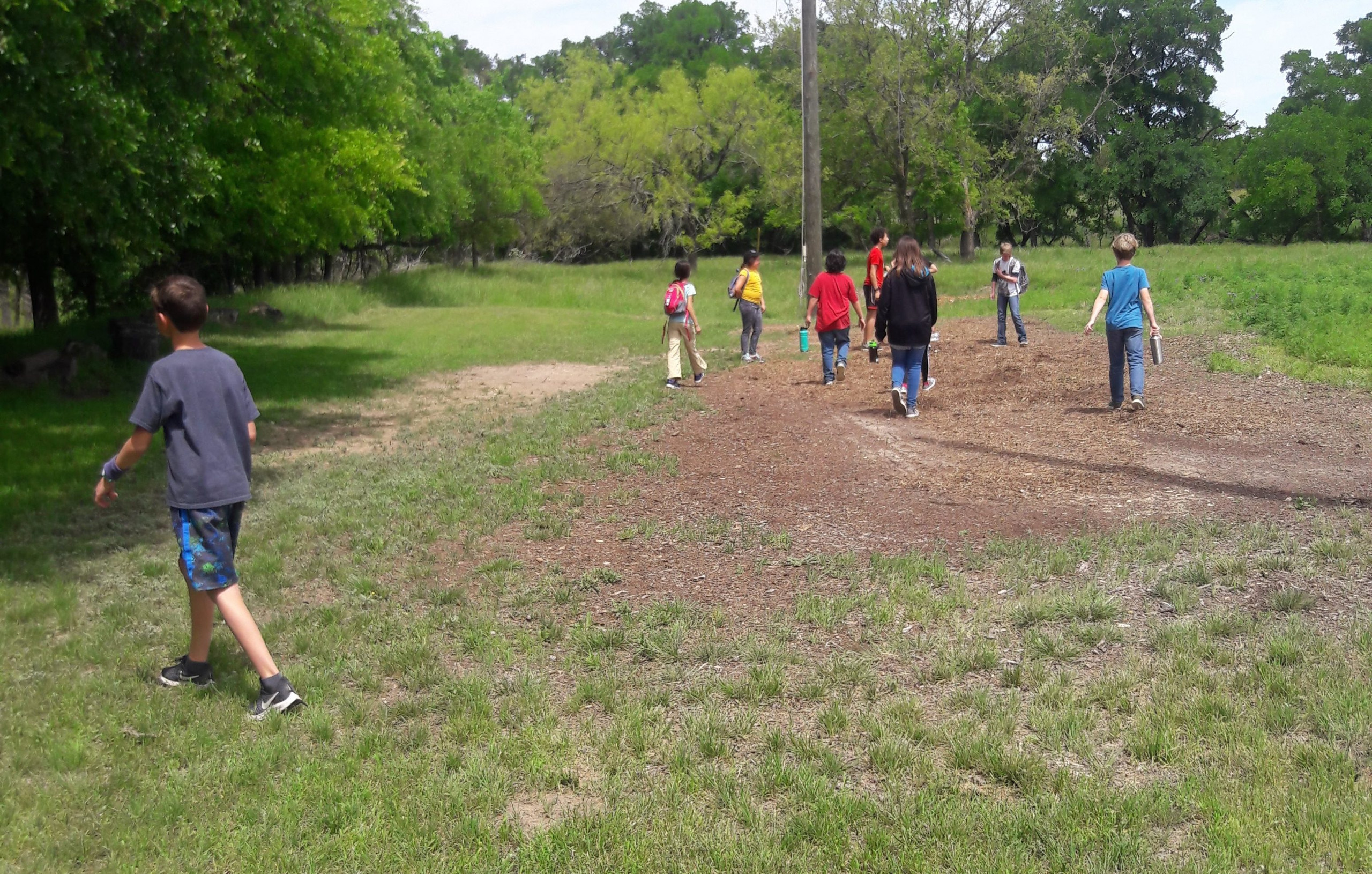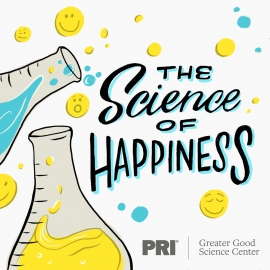Altruism, awe, compassion, connection, empathy, forgiveness, gratitude, happiness, mindfulness, social connection, these are all keys to well-being.
I’m an optimist; I try to always look at the brighter side of things, the silver lining. When things are bothering me about something or someone, I always try to put myself in that situation before blowing over.

Last year though, for reasons that are understandable, I could hardly pull myself to do this anymore. My grandfather had just passed, I had just had my new baby girl, I was going to school and working full-time; needless to say, I was a little tired. I decided because I wasn’t feeling my best, I would search for some meaningful podcasts to help with well-being. I chose a podcast over a book because I didn’t want to add any more stress on my already busy life, and I thought it would be easier to listen to a podcast during my commutes when picking up my daughters as opposed to trying to cram in reading after dinner, homework, and bedtime rituals.
I ended up stumbling on, and falling in love with, this amazing podcast called The Science of Happiness. On each episode, host Dacher Keltner interviews what they call their “happiness guinea pigs” and asks them about their experience with the happiness-developing practice of their choosing. After the interview, they give the science behind the chosen practice and explain how the specific practice helps with happiness.

After listening to a few episodes, I decided to actually perform a few of these wonderful practices which help with all of the 10 keys of well-being. And after a few weeks of practicing more and more consistently, I noticed that I was returning back to my normal positive attitude and outlook on life. I also noticed substantial growth with my social and emotional connections and I feel more gratitude, empathy, and love for my family, friends/coworkers.
I encourage everyone to give the podcast a listen whether you are not feeling yourself or just want to work on being your best possible self.
My favorite episodes are…
-“Finding Awe in Every Step”
-“Feeling Angry? Try This”
-“Why a Walk Works Wonders”
-“Creating Some Distance”
-“Notice the Good in Your Life”
These are some easier practices to try on your own or with your children:
Savoring Walk (For you)
Difficulty: Moderate | Frequency: 1x/day for 1 week | Duration: 20 mins
Time Required: 20 minutes daily for at least one week.
How to Do It
Set aside 20 minutes to take a walk outside by yourself every day for a week. Try to stick to this schedule unless the weather is extremely bad. You can still do this exercise in a light rain—provided you have a decent umbrella and rain jacket.
As you walk, try to notice as many positive things around you as you can. These can be sights, sounds, smells, or other sensations. For example, you could focus on the breathtaking height of a tree you never really noticed before, the intricate architecture of a building on your block, the dance of sunshine off a window or puddle, the smell of grass or flowers, or the way other people look out for each other as they navigate crowded streets.
As you notice each of these positive things, acknowledge each one in your mind—don’t just let them slip past you. Pause for a moment as you hear or see each thing and make sure it registers with your conscious awareness, really take it in. Try to identify what it is about that thing that makes it pleasurable to you.
Try to walk a different route each day so you don’t become too accustomed to any of these things and start to take them for granted.
Gratitude Questions (For Kids)
Difficulty: Moderate | Frequency: 1x/day | Duration: 5 mins
Time Required: You can try this practice whenever you notice that your child may benefit from your positive support to pause and recognize something good in their life, whether it’s an object or an experience. This brief, reflective conversation can last approximately five minutes.
How to Do It
As parents, we teach and expect our kids to say “thank you” when they receive gifts. And while that’s one important part, gratitude also involves other social and emotional skills that need to be broken down and practiced.
Researchers have identified four parts that make up the gratitude experience:
What we NOTICE in our lives for which we can be grateful
How we THINK about why we have been given those things
How we FEEL about the things we have been given
What we DO to express appreciation in turn
Discussing these parts with your children can teach them about gratitude. Here are some examples of NOTICE-THINK-FEEL-DO questions that you can ask your kids about their gratitude experiences, whether they are getting an actual present from a relative, receiving kindness from their friends, or eating a tasty meal.
NOTICE:
What have you been given or what do you already have in your life that you are grateful for?
Is there a gift behind the gift you are grateful for, like someone thinking or caring about you enough to give you the gift?
THINK:
Why do you think you received this gift?
Do you think you owe the giver something in return?
Do you think you earned the gift because of something you did yourself?
Do you think the gift was something the giver had to give you?
FEEL:
Does it make you feel happy to get this gift?
What does that feel like inside?
What about the gift makes you feel happy?
DO:
Is there a way you want to show how you feel about this gift?
Does the feeling you have about this gift make you want to share that feeling by giving something to someone else?
Podcast: The Science of Happiness
Website: ggsc.berekley.edu
Science-based practices: ggia.berekley.edu

